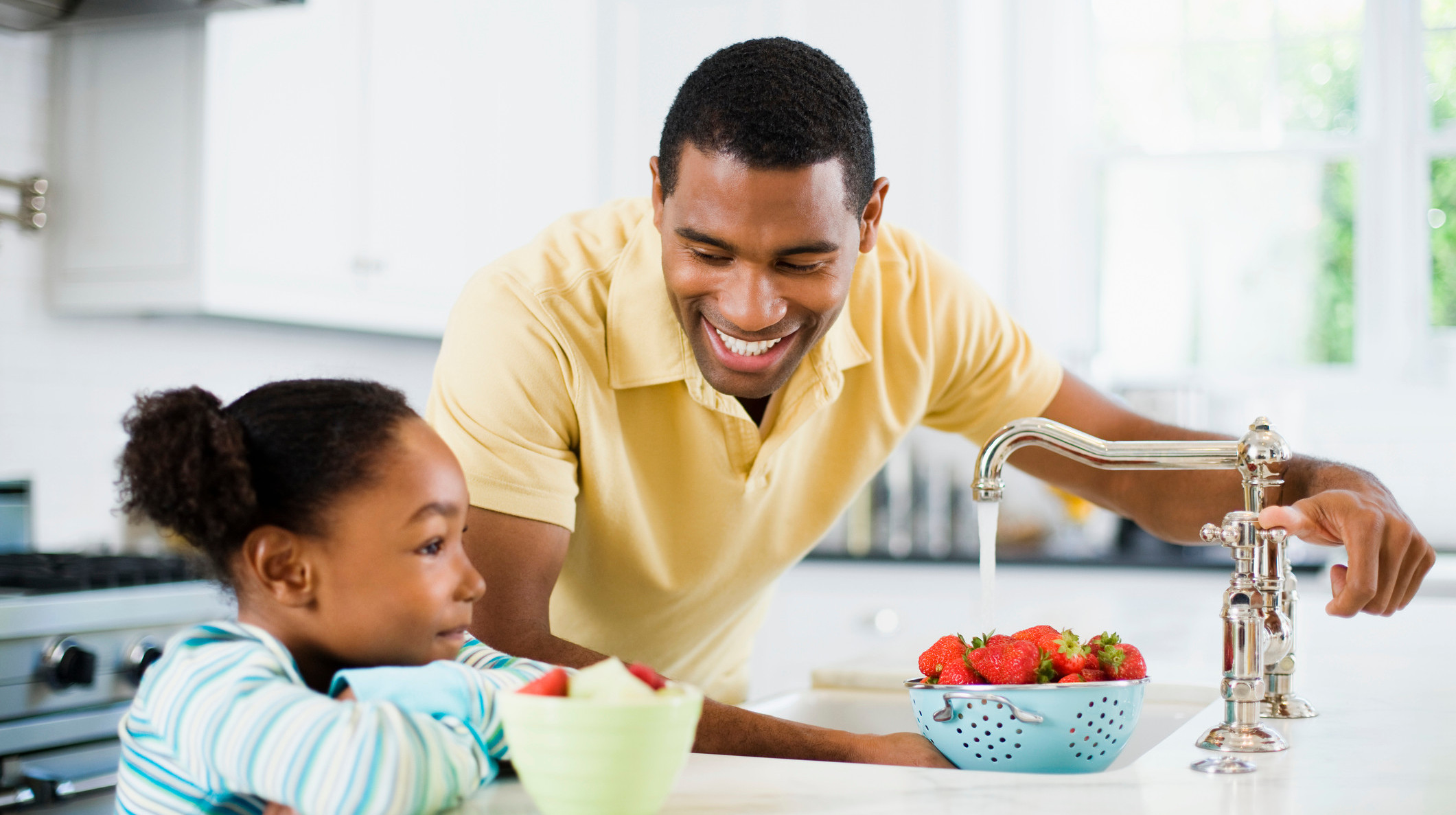Please Don't Use Bleach To Clean Your Food
During the COVID-19 outbreak, we've all had to do a lot of fast-track learning about things like social distancing, the science of how viruses spread, and even proper hand-washing techniques we might never have bothered to engage in before. But there's one lesson the CDC is hoping we can add to the pile: how and when to properly use bleach. Hint: it shouldn't go near your mouth.
According to Reuters, a CDC survey of 502 U.S. adults found that many respondents had engaged in high-risk behaviors during the pandemic such as "Washing food with bleach, using household cleaning or disinfectant products on bare skin, and intentionally inhaling or ingesting these products." Indeed, the survey was conducted following an alarming uptick in calls to poison control centers from those who had been harmfully exposed to cleaners and disinfectants.
Of the "high-risk practices" that the CDC definitely does not recommend to prevent the spread of COVID-19, nearly 40% of those surveyed had engaged in at least one of them. Examples: cleaning food with bleach, using disinfectant spray like body splash, and gargling bleach, soap, or other disinfectants. According to Reuters, "A quarter of those surveyed reported having at least one adverse health effect during the previous month that they believed resulted from using these products." We beg you, don't gargle bleach.
The CDC wants us all to engage in good hygiene practices to prevent the spread of COVID-19, but we need to be careful where we're getting our recommendations from. Follow CDC guidelines, not anything gleaned from random corners of the internet (or from elected officials who don't cite their sources). Here are some of the CDC's coronavirus prevention tips, and here are the FDA's recommendations for cleaning your produce before eating it. You'll notice that bleach does not enter the equation.
